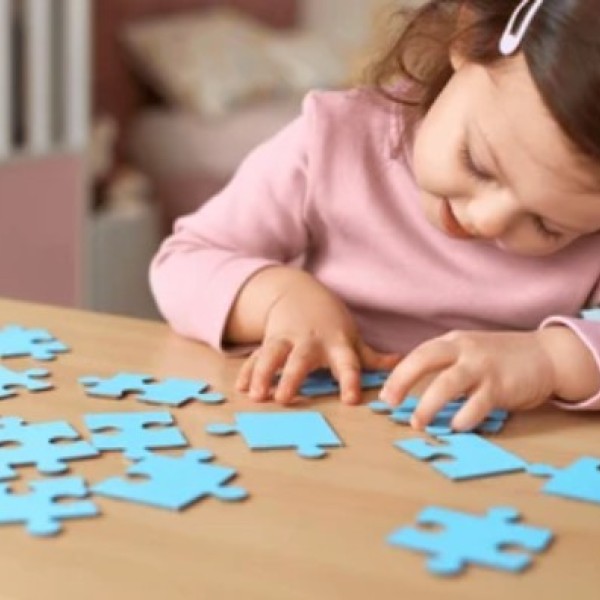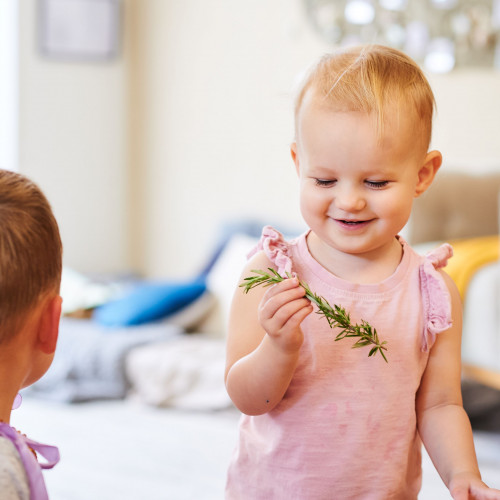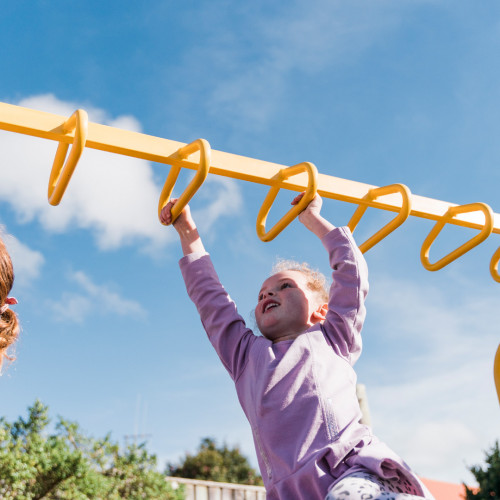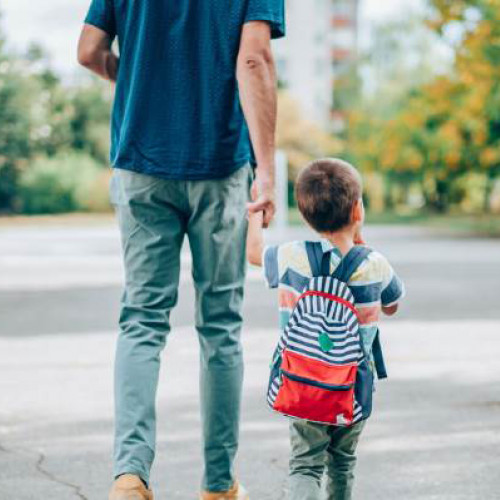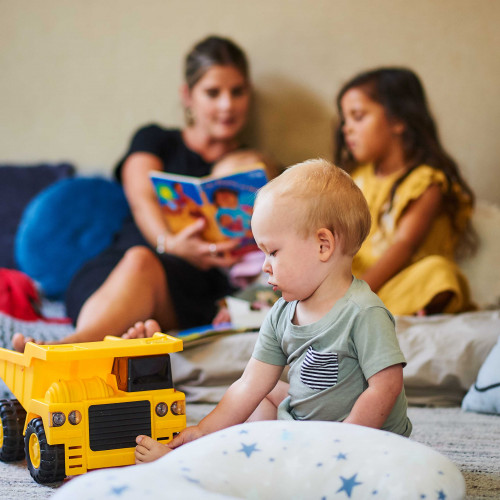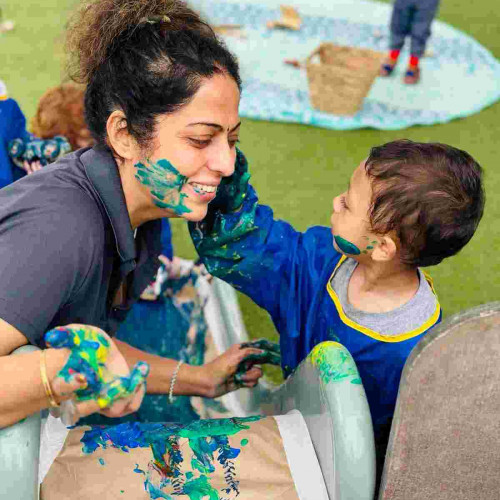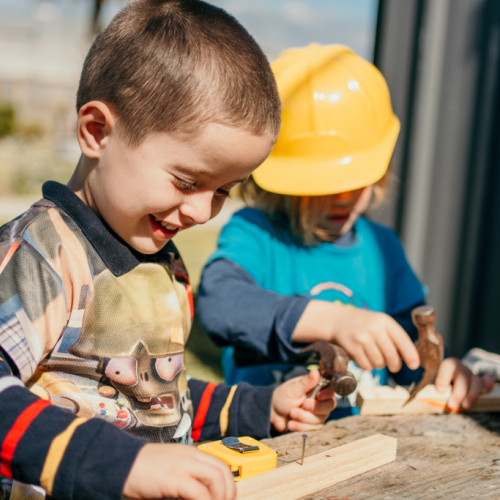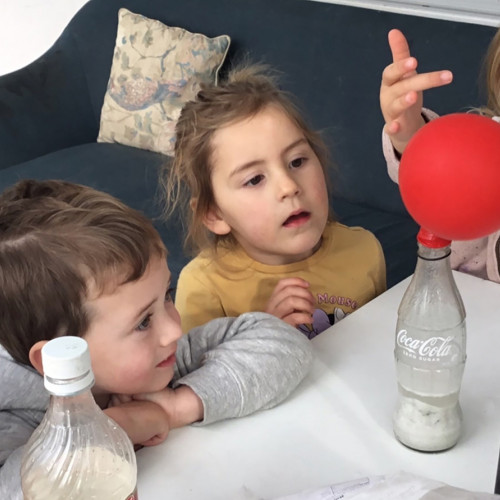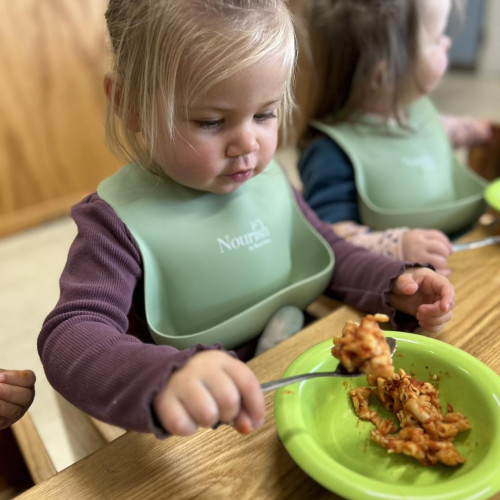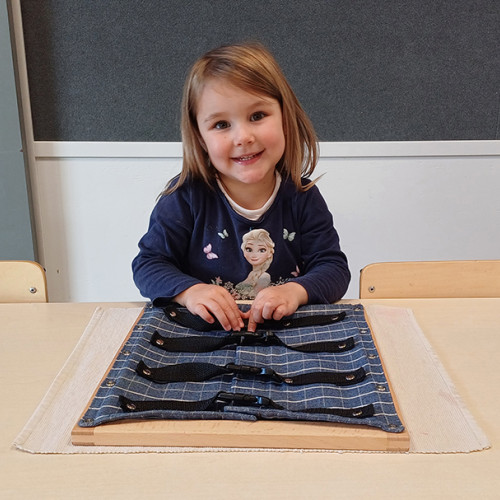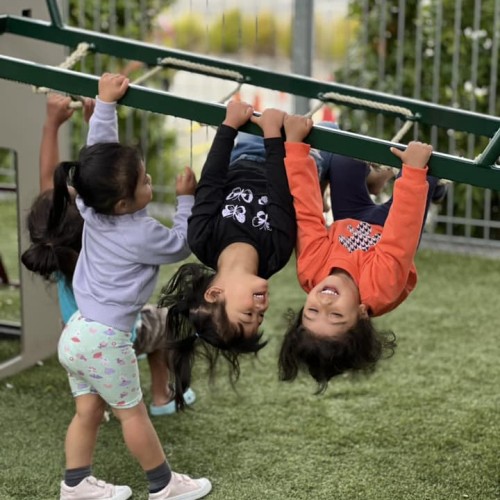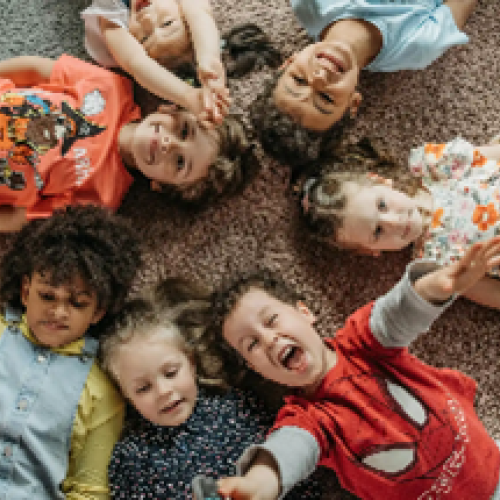
Hit enter to search or ESC to close
Social-Emotional Learning & Building Resilience in Children
When we think about preparing children for the future, academics are generally what spring to mind. Yet, the ability to solve math problems or read fluently is only part of what children need to thrive. Just as important are social-emotional skills, the tools that help kids understand themselves, connect with others, and manage challenges with confidence. These skills form the foundation of resilience, the capacity to adapt, and the strength to bounce back after setbacks.
What is social-emotional learning (SEL)?
Social-emotional learning (SEL) is the process through which children learn to manage emotions, build healthy relationships, and make responsible decisions. According to Collaborative for Academic, Social, and Emotional Learning (CASEL), SEL helps young people and adults “develop healthy identities, manage emotions and achieve personal and collective goals, feel and show empathy for others, establish and maintain supportive relationships, and make responsible and caring decisions.”
In practice, SEL involves teaching children to recognise their emotions, communicate effectively, and problem-solve when difficulties arise. Far from being a separate “extra,” SEL supports academic learning, improves mental health, and prepares children for life’s social and emotional demands.
Why resilience matters
Resilience isn’t about shielding children from challenges or expecting them to “tough it out.” Instead, it’s about helping them adapt to stress in healthy ways. The Harvard Centre on the Developing Child explains that resilience grows when children face manageable challenges with the support of caring adults.
Resilient children are better able to:
- Handle stress and frustration without becoming overwhelmed.
- Persist with difficult tasks.
- Learn from mistakes and setbacks.
- Approach new experiences with confidence.
Importantly, resilience is not a fixed trait; it develops over time through experiences, relationships, and opportunities to practice coping skills.
Building resilience through relationships
Strong, supportive relationships are the cornerstone of resilience. When children feel safe and valued, they are more willing to take risks, explore new situations, and recover from disappointments. Parents, caregivers, teachers, and extended family members all play a role here.
Relationships with both immediate caregivers and broader community members . Even one caring adult outside the family, such as a teacher or coach, can make a meaningful difference.
Practical ideas for parents:
- Set aside daily moments for connection, such as reading together or sharing “highs and lows” from the day.
- Show empathy for your child’s feelings, even when you can’t solve the problem for them.
- Encourage friendships and community ties, whether through school, sports, or your local neighbourhood.
Teaching skills for resilience
Children need concrete skills to handle challenges. These include managing emotions, problem-solving, and persistence. Parents and educators can guide children in practicing these abilities during everyday moments.
- Managing emotions: Label and normalise feelings. “I see you’re frustrated that the puzzle piece doesn’t fit. That’s okay, we can take a deep breath and try again.”
- Problem-solving: Instead of fixing issues right away, brainstorm solutions together. “Your friend didn’t share the toy. What are some things you could try next time?”
- Persistence: Praise effort rather than outcome. “I’m proud of you for sticking with that drawing, even when it was tricky.”
These skills help children gain a sense of control over their experiences and increase their confidence in navigating the world.
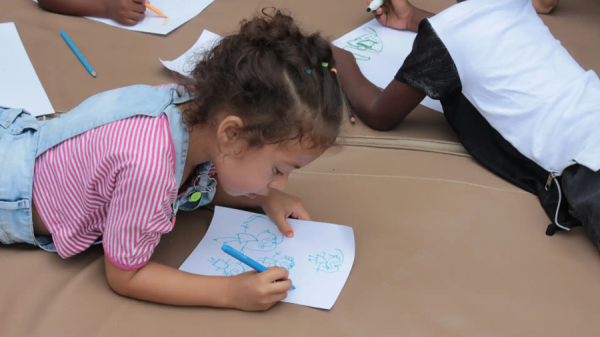
Encouraging helpful thinking habits
Resilience is also shaped by the way children think about challenges. They benefit when adults model optimism, self-compassion, and flexibility.
The American Psychological Association recommends nurturing a positive self-view and teaching children to keep perspective during hard times. Parents can remind children of past successes (“Remember when you were nervous about going to Busy Bees for the first time, and now you love it?”) or encourage gratitude by sharing daily positives at the dinner table.
Equally important is teaching self-kindness. Instead of harsh self-criticism after mistakes, children can learn to say, “It’s okay, I’ll try again,” a habit that supports long-term resilience.
The power of play in building resilience
Play is more than fun; it’s one of the most powerful ways for children to practice resilience. Through play-based learning, children learn problem-solving, teamwork, and how to handle disappointment when things don’t go their way.
Board games and imaginative play give children safe spaces to experience frustration, recover from setbacks, and practice coping strategies. For younger children, for example, acting out a scenario with stuffed animals, like visiting the doctor, can help children prepare for real-life challenges with less fear.
By engaging in play-based learning, children discover that mistakes and setbacks are opportunities to learn, not reasons to give up.
Creating opportunities for independence
Another key to building resilience is giving children a sense of independence. When kids are allowed to make decisions, contribute to family routines, or take on small responsibilities, they gain confidence in their ability to influence outcomes.
Schools and families can support this by setting high but achievable expectations, breaking challenges into manageable steps, and encouraging children to learn from mistakes.
Helping children see themselves as resilient
Finally, resilience grows when children come to believe they are capable of overcoming difficulties. Parents can reinforce this identity by pointing out real examples:
- “You kept at it until you finished that puzzle, that’s resilience!”
- “I noticed how kind you were to your friend when she was upset. That shows strength.”
When children internalise these messages, they begin to see themselves as capable of bouncing back.
Building Resilience Through Social-Emotional Learning
Building resilience in young children isn’t about eliminating struggle; it’s about preparing them to meet challenges with confidence, compassion, and creativity. Social-emotional learning provides the framework for this growth, giving children skills for emotional regulation, positive relationships, and problem-solving.
But this is only one piece of the puzzle we help put together at Busy Bees Early Learning Centres. Check out our complete guide to early childhood development milestones blog to learn even more!





